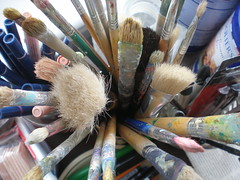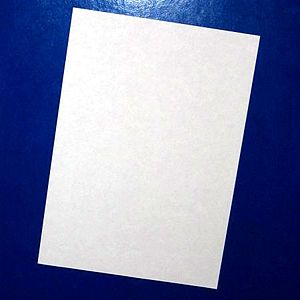You know how frustrating it can be to do the same project over and over? Or when the creative you hired doesn’t seem to “get” what you want?
A few weeks ago, I wrote a post about using a creative brief to turn tough clients into easy ones. This week, I thought I’d share an actual sample of a creative brief template.
Using a creative brief can help eliminate a lot of the frustration on both sides. Whether you are a web developer or a designer, having your client’s wants, needs, and expectations on paper will help smooth the creative and design process and help your project move ahead more quickly.
Seven essential elements of a creative brief
First, you need a quick overview of the project. What product or service are they promoting? What is the goal of this service? What is the situation in the rest of the market? What is the competition doing?
Second, what is the goal of the project? Is it a branding exercise? Or an effort to get more sales? Is the product new, or a relaunch of an existing product?
Third, what makes the service (or the product) special? How does it differ from existing products? What’s the most important thing your audience should know about your product? What are the next three or four most important benefits?
Fourth, who is your target audience? Who are they? Where can you find them? What’s their age, job, interests? Why would your intended audience want to pay for it? What does it do for them? How does it make them feel?
Fifth, what’s the best way to talk to them? Should it be formal? Or more relaxed? Write down everything you know about how they think, who they are, and how to reach them. What design and writing styles would appeal to them the most?
Sixth, where will this be used? Is it for print? For a website? Or a social media campaign? Or will it be used in multiple campaigns/media?
Seventh, what are the due dates for each stage of the project? Who else needs to be involved? Will you need additional resources (designers, printers, web developers) in order to finish the project?
Creatives working with clients
This creative brief is perfect for the initial consultation meeting. Use it to screen your clients (it will help you decide if a prospect is a good fit). Or, send it after the contract is signed. There’s space to outline their strategy, identify their audience, and how they want to separate themselves from the competition.
Businesses hiring a creative
If, on the other hand, you want to hire a creative, use the form to explain more about your business, your competition, and your philosophy. It will help your designer (or your copywriter) to come up with concepts or copy. This will make their jobs easier, and save time (and possibly, money).
For example, if the designer or web developer knows you want a playful, bright, colorful design for your new kids clothing store, they won’t bother developing concepts with dark colors and a formal look more suitable for a law firm. Fewer concepts and fewer changes means fewer charges (or extra charges).
If your designer knows your audience in advance, it will be easier for him or her to choose what fonts to use, decide which colors are appropriate, and how to approach your project.
The same information will help your copywriter. If you know how to find your ideal client, what keeps them up at night, and what your company’s biggest marketing challenges are it will be easier to write copy, and ask pertinent questions.





